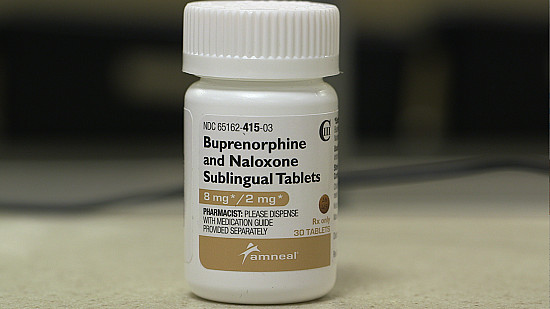Harvard Health Blog
Working on addiction in the workplace

When unaddressed, alcohol and other drug use disorders in the workplace are costly and dangerous for organizations, as well as individuals. There are many good examples of successful programs and resources available that can help, and with over 22 million Americans currently in recovery from alcohol and other drug use disorders, creating a drug-free workplace is entirely possible.
More than 70% of individuals with alcohol or illicit drug use continue to maintain employment, as many employees with alcohol or other drug problems can continue to remain "functioning." Companies and organizations can no longer ignore the realities and repercussions of alcohol and other drugs in the workplace.
"Functioning" employees are costly in many ways
Addiction costs American businesses and organizations an average of $81 billion in lost profits every year. This is due to losses in productivity, high turnover rates, theft in the workplace, increases in absenteeism, utilization of sick time, and decreases in quality of work. Out of the 70% of employees that engage in substance use and maintain employment, over 42% report feeling a decrease in productivity as a result. Although job losses directly related to alcohol or other drug use are usually associated with more persistent and severe levels of substance use disorders, the use of these substances negatively impacts individual job attendance and performance long before lob loss occurs.
In addition, alcohol and other drug use increases the number of occupational injuries and fatalities, and affects the health and well-being of the employees. In emergency room visits for workplace related injuries, breathalyzer tests detected alcohol in 16% of cases. Over 10% of workplace fatalities involve alcohol. A subtler but just as important effect is the lethargy and short-term residual cognitive impairments that can follow a night of heavy drinking. This can increase the risk of injury for employees and their colleagues.
Beyond detriment to the bottom line of the organization and the health of employees, alcohol and other drug use can affect the attitudes and culture of an organization, lower morale, and decrease motivation, engagement, and trust.
Steps toward a drug-free work environment
There are many ways in which employers can create a drug-free work environment. Employers can educate themselves and employees on not only identifying the signs and symptoms of alcohol and drug use, but also the necessary steps to take when one suspects that a coworker may need help. Through education and clear drug-free workplace policies, employers can aim to increase awareness and clarify expectations.
Developing an employee drug testing program is another way to help create a drug-free work environment. Currently, over 50% of organizations require pre-employment drug screenings for all new hires, especially in high-risk industries such as mining, construction, and public safety. State laws generally allow organizations to randomly drug test employees once hired, however states have varying rules regarding these practices.
Employee Assistance Programs (EAPs) have been found to be highly effective resources for addressing addiction issues, but many organizations, especially smaller ones, do not have these programs available. EAP programs work to encourage and support addiction treatment and recovery through confidential assessments, short-term counseling, and resource referrals.
And it is worth it
Treatment for addiction, facilitated within or by the workplace, has been shown to be successful in increasing employees' legal, mental, and social functioning, as well as decreasing absenteeism rates, workplace conflict, and productivity problems upon return from treatment. Investing in employee treatment yields high returns, with an estimated gain of 23% among employees with an income of $45,000 per year or an estimated gain of 64% for employees earning $60,000 per year.
With this ever-growing public health crisis, more and more lives are being affected both inside and outside of the workplace. Organizational involvement is now more important than ever. This involvement by employers is rapidly transforming to be less about punishing employee misconduct, and more focused on finding creative ways to provide education and resources for employees, to support them in seeking out lifesaving treatment for themselves or a loved one. Taking steps to address addiction is truly an opportunity to humanize the workplace and help reduce suffering and avoid painful, sometimes deadly, consequences.
Register for the free online course OpioidX: The Opioid Crisis in America . This course challenges common beliefs about addiction and the people who become addicted to opioids. Through an increased understanding of the biology of addiction, the course aims to reduce the stigma around addiction in general, and help people discover the multiple pathways to evidenced-based treatment. A variety of Harvard Medical School clinicians and health policy experts explain these topics and you'll hear stories first-hand from those who have experienced addiction, or whose lives have been touched by this the opioid epidemic.
Disclaimer:
As a service to our readers, Harvard Health Publishing provides access to our library of archived content. Please note the date of last review or update on all articles.
No content on this site, regardless of date, should ever be used as a substitute for direct medical advice from your doctor or other qualified clinician.















